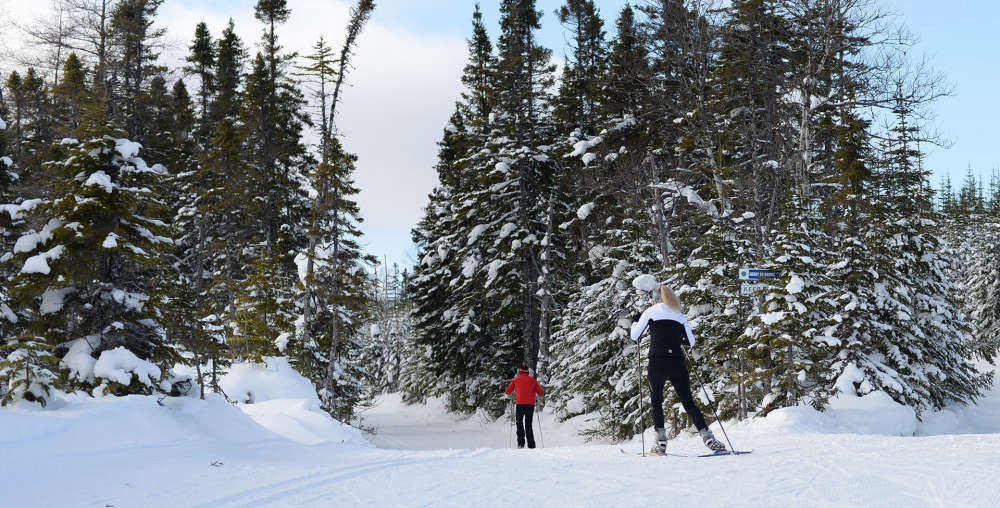
Natural Resources Technician Byron Bennett says aboriginal fisher guardians help them with this each day and data collected is analyzed to see if the population is declining.
Green crab was first found in North America in the early 1800's and has arrived in Newfoundland waters, adapting and expanding rapidly in its new environment. The species feeds on shellfish and other crustaceans, but also eats small and juvenile finfish in eelgrass beds. Green crab cut the roots of the eelgrass, which destroys an ecological habitat. Byron Bennett is a Natural Resources Technician. He says the Qalipu Environmental and Natural Resources team has been studying the population at sites throughout the Bay of Islands and the west coast. Bennett says aboriginal fisher guardians help them with this each day and data collected is analyzed to see if the population is declining. He says these invasive species make it hard for small fish to survive and they cover over species like mussels and clams, and prevent them from filter feeding to get the nutrients they need. Bennett says the team is also keeping an eye on an increase in tunicate, which is found on fishing gear and rocks at dockside, and looks like a thick slime.

 41-year-old Matthew Delaney charged with two counts of murder in St. John's
41-year-old Matthew Delaney charged with two counts of murder in St. John's
 UPDATE: Team on site to bring back cell service after damage to a Bell Aliant tower in the La Scie area
UPDATE: Team on site to bring back cell service after damage to a Bell Aliant tower in the La Scie area
 Mill City Mavericks, Broadway Blues Band and Tammy Dutcher perform in Stephenville tomorrow night
Mill City Mavericks, Broadway Blues Band and Tammy Dutcher perform in Stephenville tomorrow night
 60th annual Lions Club Santa Claus Parade is tomorrow "60 Seasons of Christmas Magic!"
60th annual Lions Club Santa Claus Parade is tomorrow "60 Seasons of Christmas Magic!"
 Blow Me Down Ski Trails to open tomorrow, a month earlier than last year
Blow Me Down Ski Trails to open tomorrow, a month earlier than last year











